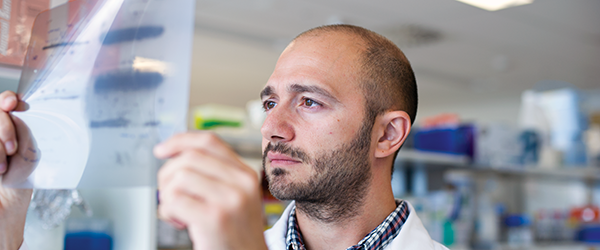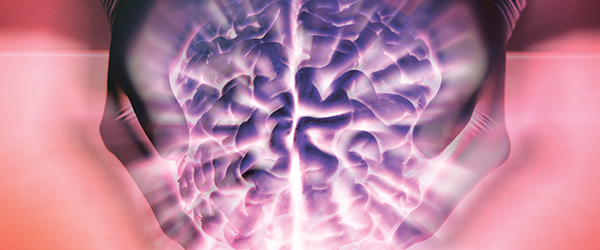


As the population ages an increasing number of people suffer from neurodegenerative disorders, most commonly Alzheimer’s or Lewy body disease. As the major risk factor for all these disorders is increasing age, cell senescence (cells growing old) has been proposed as a common mechanism.
It is proposed that during ageing, the brain cells become more vulnerable and the genetic material becomes unstable, thereby rendering the individual more susceptible to neurodegeneration. To investigate this theory, we carried out a study of cell senescence in brain tissue from healthy aged, Alzheimer’s disease and Lewy body disease brain donors.
The study revealed that gene instability is not an inevitable part of normal ageing but is a significant feature of the brain of individuals who suffer from Alzheimer’s or Lewy body disease. This gene instability may be responsible for the cell loss that underlies Lewy body disease and the abnormal deposition of proteins known as tau and beta-amyloid that occur in Alzheimer’s disease. While ageing is one of the major risk factors for dementia, our study has identified specific cellular changes that underlie the disease process, which may be targets for therapeutic intervention.

Recent research has furthered our understanding of how brain cells are damaged in Parkinson’s disease. Parkinson’s disease is a debilitating progressive movement disorder that affects over 64,000 Australians and places an estimated total economic burden of $8.3 billion (in 2011).
The exact cause of Parkinson’s disease is unknown, although increased accumulation and aggregation of a protein called alpha-synuclein occurs in the brain cells and is thought to contribute to cell death. We have investigated differences between Parkinson’s disease and healthy aged brain tissue, and have found defects in a pathway involved in disposal of alpha-synuclein.
It appears that the normal processes required to remove unwanted material from brain cells is compromised, leading to protein accumulation, impaired cell function and toxicity. Therapies targeting these clearance mechanisms might provide benefit to patients with Parkinson’s disease. Important research like this could not have been possible without the generosity of our brain donors and their families.
Download a list of publications arising from the use of Sydney Brain Bank tissue
reporting period 2013 to 2020